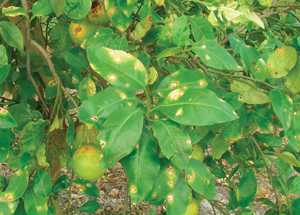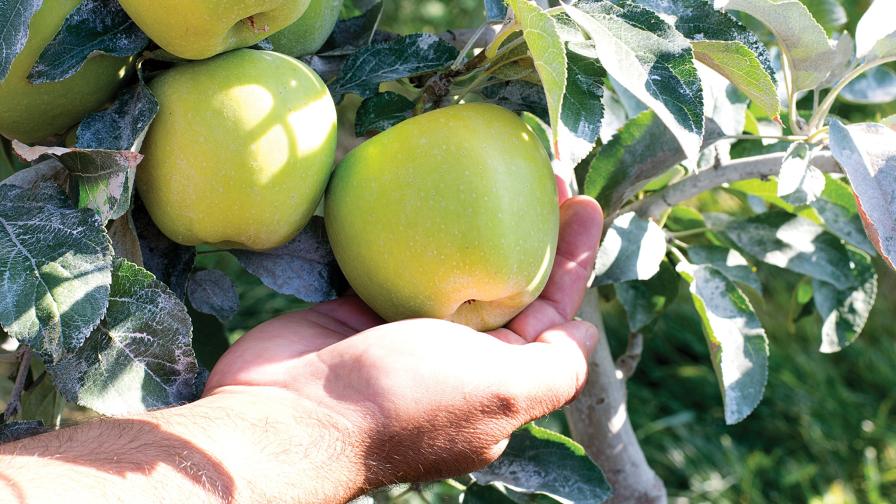Researchers Find Genetic Cause For Citrus Canker
 Researchers from the University of Florida/Institute of Food and Agricultural Sciences (UF/IFAS) are closer to finding a possible cure for citrus canker after identifying a gene that makes citrus trees susceptible to the bacterial pathogen.
Researchers from the University of Florida/Institute of Food and Agricultural Sciences (UF/IFAS) are closer to finding a possible cure for citrus canker after identifying a gene that makes citrus trees susceptible to the bacterial pathogen.
Yang Hu, a former doctoral student working with Jeff Jones, a professor in plant pathology, found the critical trait in the bacterium that is necessary for disease development. Hongge Jia, a researcher at UF’s Citrus Research and Education Center in Lake Alfred, and Nian Wang, an associate professor in microbiology and cell science also based at the Citrus REC, along with six researchers from three universities worked on the project, as well.
Citrus canker is caused by the bacteria Xanthomonas citri. While studying the bacterial pathogen’s role in infected citrus, researchers were able to identify a gene in citrus critical to the development of citrus canker, known as the susceptibility, or “S” gene.
By finding the susceptibility gene, researchers say they are closer to a cure for the disease.
“The S gene represents an excellent candidate for control measures for the citrus
bacterial canker,” Hu said.
In Florida, the last extensive canker outbreak occurred beginning in 1995, which led to an ultimately unsuccessful eradication program that ended in 2006. That effort cost an estimated $1 billion and stimulated renewed efforts for more effective and economical controls. The eradication destroyed more than 16.5 million citrus trees between 1995 and 2012.
Hu and Jones said they hope to secure funding to support further research, and have already identified several genes they believe could be engineered to obtain broad-spectrum plant resistance to most kinds of citrus canker.
“Once you know what the susceptibility gene is, it’s possible to design multiple strategies for disease control,” Jones said.
The research paper was published online by Proceedings of the National Academy of Sciences. Click here to view it.
Source: UF/IFAS









